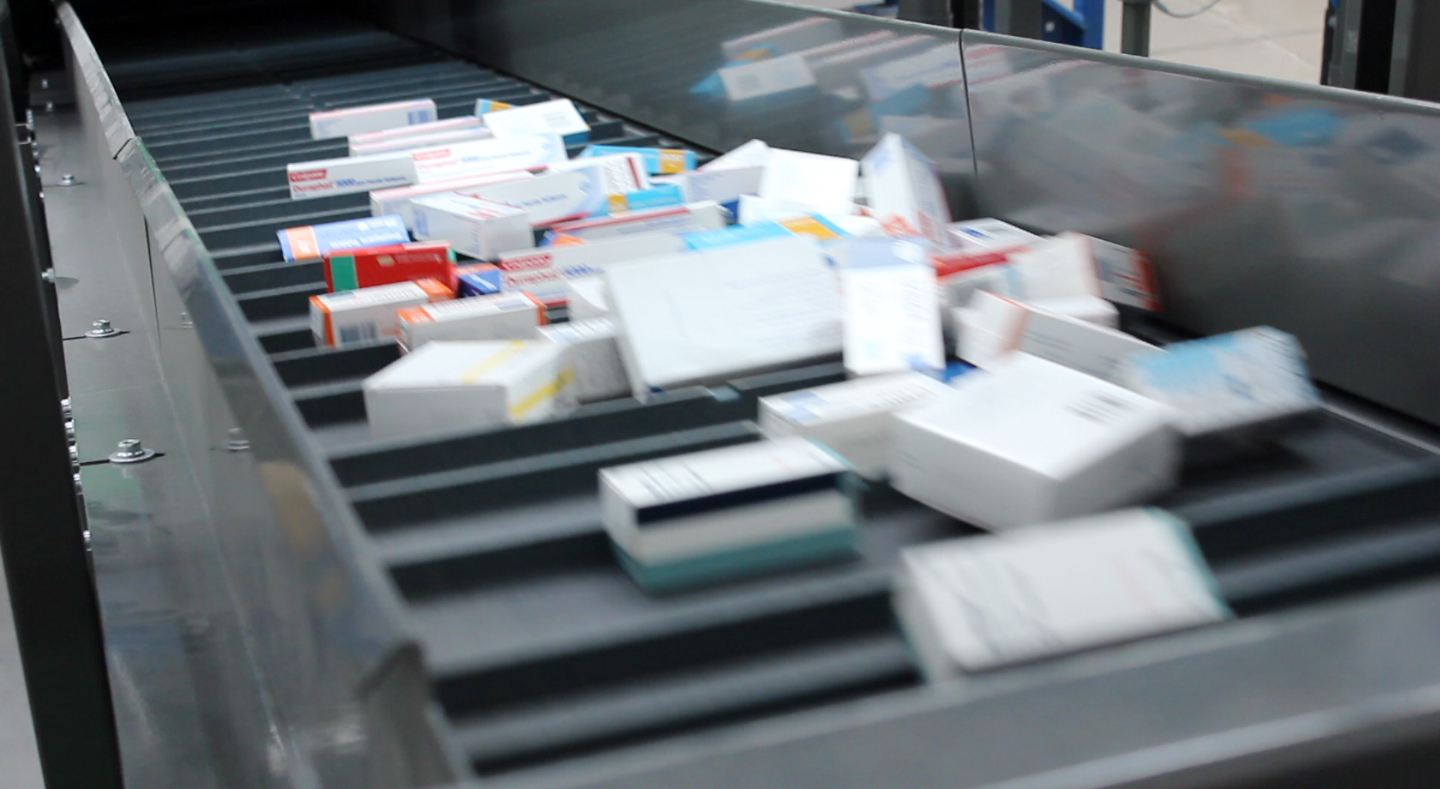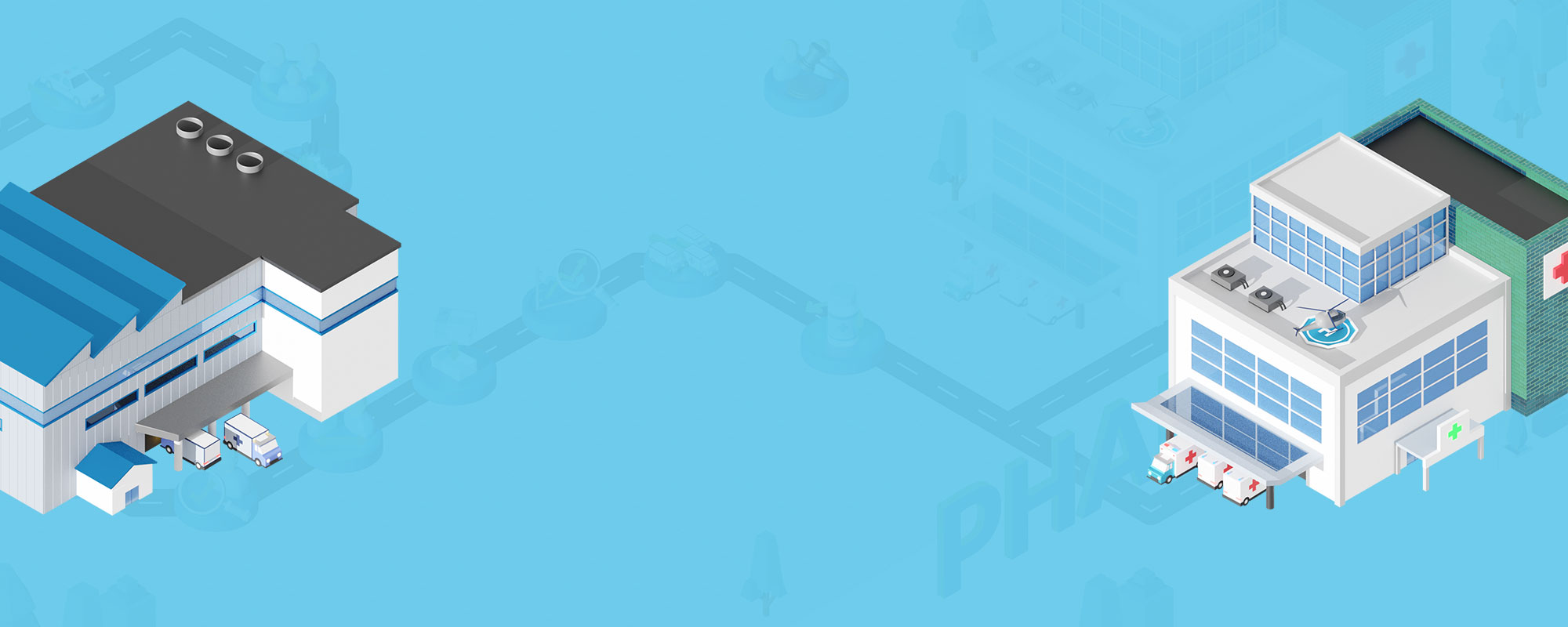Current Issues
Healthcare Distribution Sector Change
The healthcare distribution sector is changing rapidly. Pharmaceutical wholesalers no longer operate in isolation. Patients, pharmacies, hospitals, doctors and the pharmaceutical industry are more closely integrated than ever before. There are numerous factors driving this change.
- The globalisation of medicines supply
All parts of the medicines supply chain are not just consolidating at the national level, as pharmaceutical companies and healthcare distributors are combining into larger groups internationally. This consolidation increases buying power, brings efficiencies and means medicines are increasingly traded globally. Yet, the current market is also experiencing extremely high levels of competition, pushing down medicine prices and partly driving the merger trend, allowing companies to compete. These pressures are changing the marketplace, with HDA members at the forefront of ensuring that the medicines supply chain, despite its constant fluidity, can be harnessed for the benefit of the NHS and patients across the four nations of the UK.
- Technological advancement
Healthcare distribution embraces new technologies. Automation is high, delivering efficient order consolidation processes that arguably make HDA members some of the most proficient companies operating in the sector globally. Such efficiency brings great value to the NHS and keeping distribution costs as low as possible allows politicians and officials to spend tight healthcare budgets elsewhere within the NHS. Further technological advancements are already under way. Hub and spoke, cold chain distribution, and the latest robotic developments ensure that our members are at the forefront of the industry, enabling the safe, individual and high-quality distribution of a wide variety of healthcare products and services.
- Sustainability
How sustainable in the long term is the current high-quality, efficient and safe service that HDA members provide? Costs are rising rapidly as our members continue to invest in the latest technology to provide the services that NHS patients demand and to meet critical safety regulations. Meanwhile, Governments are understandably trying to find cost-savings across the supply chain, squeezing margins of manufacturers, distributors and pharmacy. Thirdly, the cost of some healthcare products is falling, saving the taxpayer money, but limiting the ability of distributors to make the most of economies of scale. Many medicines are now delivered at a loss, despite some of the highest levels of efficiency in the world.
The HDA continues to make the case to stakeholders that if the highest standard of Good Distribution Practice is to be maintained then something might need to change. The hidden value our members provide is under threat, and once eroded, this could result in a wide variety of unintended consequences that would ultimately lead to higher costs and a poorer service for patients. HDA distribution is the backbone of NHS medicines supply.


